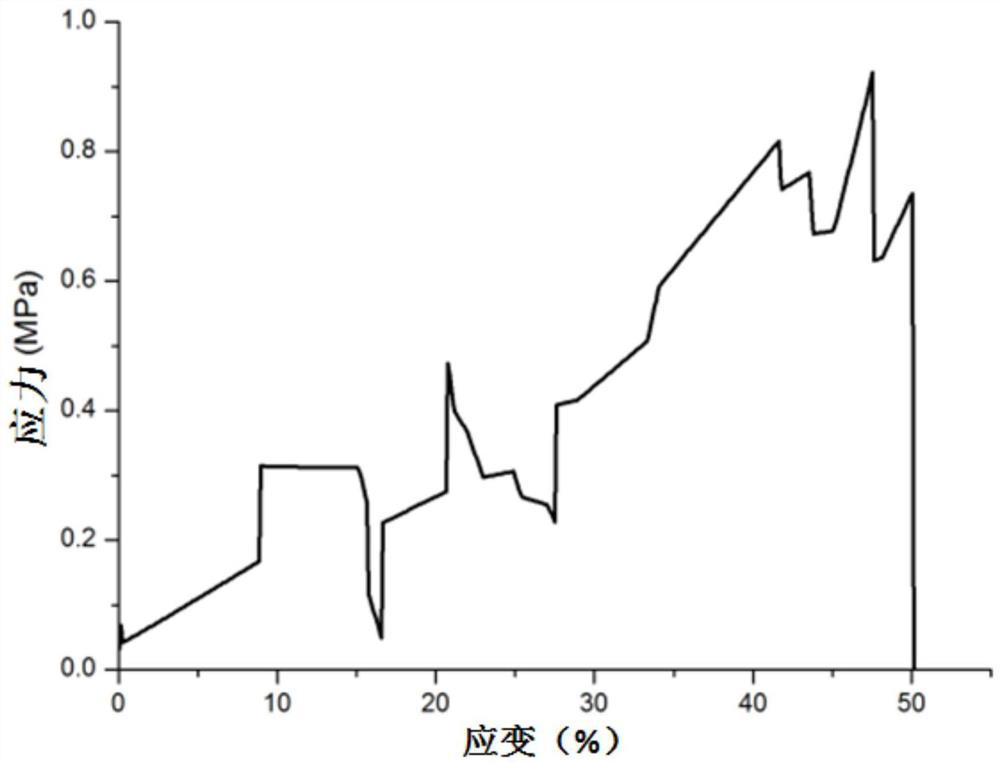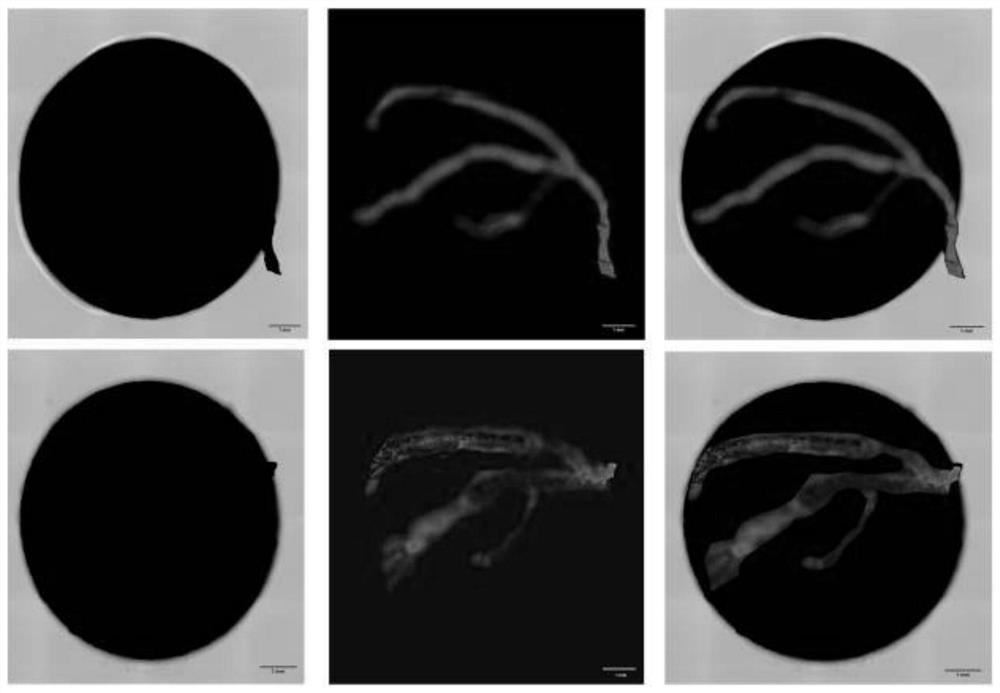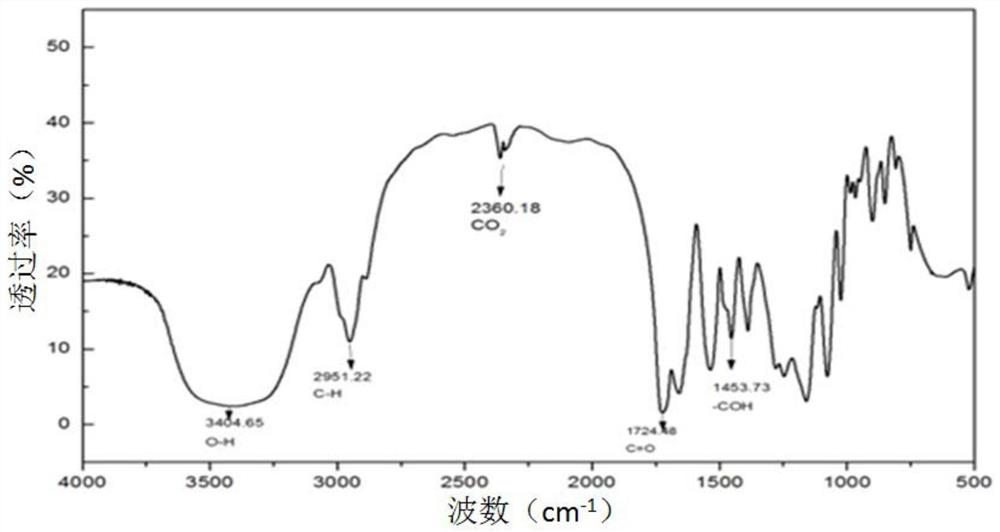A method for constructing a three-dimensional vascular network hydrogel
A construction method and hydrogel technology, which is applied in the field of construction of three-dimensional vascular network hydrogel, can solve the problems of complex preparation process, high requirements for printing materials, easy residue, etc., and achieve good biocompatibility, low equipment requirements, The effect of high tensile strength
- Summary
- Abstract
- Description
- Claims
- Application Information
AI Technical Summary
Problems solved by technology
Method used
Image
Examples
Embodiment 1
[0043] A method for constructing a three-dimensional vascular network hydrogel, the steps comprising:
[0044] S1: Infusing a vascular filler into a blood vessel of an isolated organ;
[0045] S2: After the vascular filler perfused in step S1 is hardened, the isolated organ tissue is stripped to obtain a three-dimensional blood vessel model of the isolated organ;
[0046] S3: Put the three-dimensional blood vessel model into the mold, pour the hydrogel prepolymer into the mold and polymerize at low temperature, and obtain the hydrogel model;
[0047] S4: Extracting the three-dimensional blood vessel model in the hydrogel model to obtain the three-dimensional blood vessel network hydrogel.
[0048] Wherein, the blood vessel filler includes the following components in volume percentage:
[0049] Dibutyl phthalate: 1-2%,
[0050] Color paste: 5-10%,
[0051] The balance is natural latex.
[0052] The hydrogel prepolymer comprises the following components in mass percent:
...
Embodiment 2
[0063] In this example, the animal heart is taken as an example, and a three-dimensional vascular network hydrogel of the animal heart is constructed. The specific process is:
[0064] S1: Infusing a vascular filler into a blood vessel of an isolated organ;
[0065] Separate the aorta of the animal heart, cut a small hole in the aorta with scissors, insert a glass rod, and pour the prepared blood vessel filler into the pipeline with a syringe until the filler appears in the small blood vessels on the surface of the heart, indicating the pressure and perfusion volume Both are sufficient. Stop perfusion;
[0066] S2: After the vascular filler perfused in step S1 is hardened, the isolated organ tissue is stripped to obtain a three-dimensional blood vessel model of the isolated organ;
[0067] After the filler in the pipeline was hardened, the left and right coronary arteries were stripped under a microscope and trimmed into blood vessels with a length of about 8 mm.
[0068] S...
PUM
| Property | Measurement | Unit |
|---|---|---|
| tensile strength | aaaaa | aaaaa |
| diameter | aaaaa | aaaaa |
| tensile strength | aaaaa | aaaaa |
Abstract
Description
Claims
Application Information
 Login to View More
Login to View More - R&D
- Intellectual Property
- Life Sciences
- Materials
- Tech Scout
- Unparalleled Data Quality
- Higher Quality Content
- 60% Fewer Hallucinations
Browse by: Latest US Patents, China's latest patents, Technical Efficacy Thesaurus, Application Domain, Technology Topic, Popular Technical Reports.
© 2025 PatSnap. All rights reserved.Legal|Privacy policy|Modern Slavery Act Transparency Statement|Sitemap|About US| Contact US: help@patsnap.com



